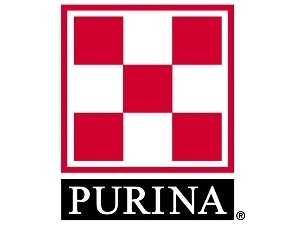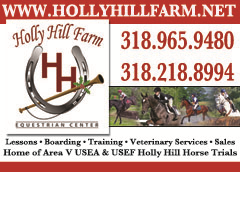Written by Karen E. Davison, Ph.D. – Special – Sales Support Manager
 Spring has sprung and green pasture is coming on like gangbusters in most parts of the country. For most of us, this is good news because green grass relieves some pressure of searching for quality hay at a reasonable price. Of course, with the rising cost of fertilizer, it may be hard to decide which is the lesser of two evils: high-priced hay or high-priced fertilizer.
Spring has sprung and green pasture is coming on like gangbusters in most parts of the country. For most of us, this is good news because green grass relieves some pressure of searching for quality hay at a reasonable price. Of course, with the rising cost of fertilizer, it may be hard to decide which is the lesser of two evils: high-priced hay or high-priced fertilizer.
However, if you have pasture and intend to utilize it for horses, there are some things to consider.
Take it slow
Keep in mind that going from dry hay and grain to lush, green pasture is a drastic change in diet and may increase the risk of founder or colic. Horses that are in the pasture full time will gradually become accustomed to the emerging green grass as it comes up. But horses that haven’t had green grass should only be allowed to graze for an hour or two at first, then gradually increase grazing time by an hour every couple days until the horses are out full time. It is also a good idea for horses to have eaten dry hay prior to turnout so they are not overly hungry. Individual horses will have different tolerance levels to the diet change and the nutritional profile of the grass, so a slower introduction is usually better.
Meet horse nutrient requirements
Spring pasture often looks beautiful and nutritious but can be very high in water and low in fiber content. In this stage of maturity, pasture may not meet a horse’s minimum requirement for dry matter intake and it may be necessary to provide 10 to 15 lbs. of dry hay per day until the pasture matures. Even when the pasture is sufficient to maintain horses in good body condition with no supplemental grain, there will still be nutrient deficiencies. Providing a forage balancer product such as Purina® Enrich Plus™ (/horse-feed/products/enrich-plus-ration-balancing- feed/) will supply a balance of protein, vitamins and minerals to complement pasture. This product is formulated to meet nutrient requirements of mature horses with 1 to 2 lbs. per day, whereas most feeds are formulated to be fed at a minimum of 3.5 to 4 lbs. per day.
Ensure adequate pasture
Pasture simulates a natural environment for horses and is considered beneficial to horses from a nutritional standpoint and from a mental health perspective as well. You may have enough pasture to serve both functions but, in many cases, pasture space is simply a place to roam around and nibble for a few hours a day. To determine if there is enough pasture for grass to be a significant source of nutrition, you have to consider the available acreage, type of forage and the number of horses or stocking rate.
The very best pastures may support one horse per acre, but average conditions may require closer to 2 to 3 acres to sustain one horse grazing full time. The effective stocking rate will depend on the type of grass, fertilization and rain fall. For shorter varieties of grasses, such as Kentucky bluegrass, pasture must grow 3 to 4 inches tall to provide adequate forage for horses. Taller grasses, including Coastal bermudagrass, should sustain a height of 6 to 8 inches.
Stocking rates may be improved if there is an option to rotate pastures. Grazing tall forage varieties down to 3 to 4 inches and shorter varieties to 2 inches in height, then rotating to another pasture for four weeks can help maximize grazing potential of available acreage.
Rotating pastures is also a good way to reduce the risk of internal parasite infestation. A good rule of thumb is that if you can see manure piles in your pasture and if horses are grazing close to those manure piles, your pasture is overgrazed and horses should be removed to let it recover.
Pasture time is certainly a plus when it comes to managing happy, healthy horses, but not all pastures are created equal. Some pastures provide a significant source of nutrition while others are just a place to play. Providing safe, quality pasture forage that meets a large portion of your horse’s nutritional requirements takes careful management and additional caution during seasonal transitions. Consulting with a horse pasture and forage expert in your area, such as the local county extension agent, a university agronomist or State Extension Horse Specialist, may help you maximize the safety and value of your available pasture.





